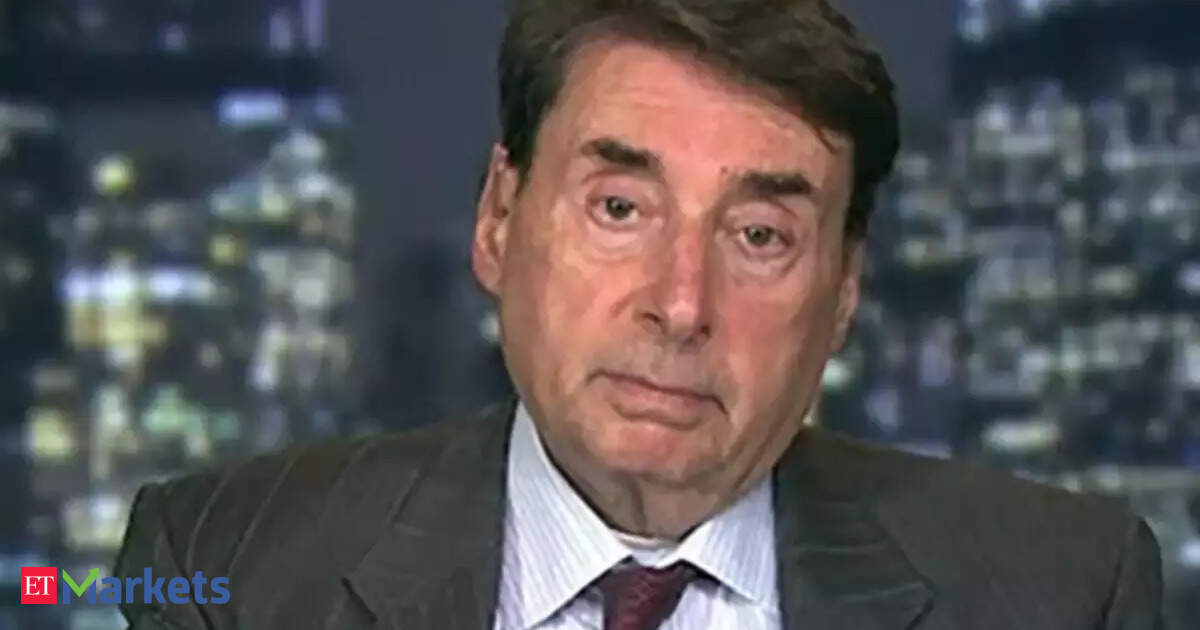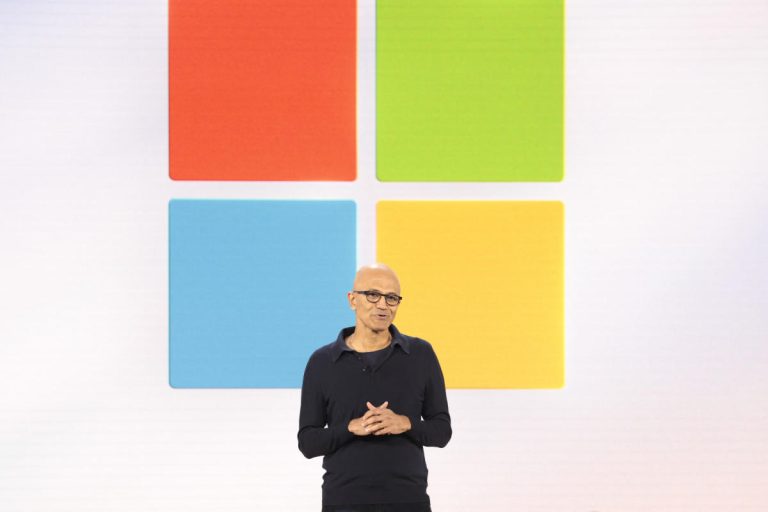Now, of course, the big headline is the tariff deadline ending today. What’s your sense—do you think there could be another extension? While President Trump has stated there will be no extension, do you believe there’s still a chance? And if not, how volatile do you think the coming weeks could be for global markets?
Peter Cardillo: Well, President Trump has said there won’t be an extension, but he did sign an executive order yesterday, imposing an additional 10% hike on some countries, which goes into effect on August 7th. The original 25% to 30% hike on most tariffs is supposedly going into effect today. So, the question is whether or not he’ll change his mind in the next few days. But it appears he is determined not to.
Now, whether this is just tough talk and rhetoric, or if it’s going to materialize into real action—we’ll just have to wait and see. But the markets are beginning to show signs of tariff jitters once again. We’ve had a good run in stocks recently, largely due to a strong earnings season. Many large companies have reported solid earnings and, in many cases, provided a fairly optimistic outlook. That has been the backbone of the current rally.
But can we hit a brick wall now, especially since earnings don’t appear to be a problem? The answer is yes, we can. In fact, we saw a late sell-off last night, largely due to the market refocusing on trade tensions and their future implications.
Picking up from what you just said—the U.S. markets have been sitting at record highs, especially the S&P and Nasdaq, rallying on the back of stellar earnings, particularly from the Magnificent Seven. But as you mentioned, we’ve now seen declines in U.S. markets, likely because the market has started to price in trade-related negatives. Wasn’t this kind of correction expected, given the steep tariffs Trump has been imposing? Surely, there will be an inflationary impact down the road. Would you say that hasn’t been fully priced in yet, and that it will start showing up in inflation numbers soon?
Peter Cardillo: Yes, absolutely. In fact, if you look at yesterday’s data, the PCE came in slightly higher than both market and our own expectations. That’s an early indication of tariff-driven inflation creeping into the system. For example, tariffs on certain Canadian products have been raised from 25% to 35%. These are items excluded from the U.S.-Mexico-Canada trade agreement from Trump’s first term, and those increases will reflect in the inflation numbers.
This brings us back to the Fed’s cautious stance. As you know, they didn’t lower interest rates recently, and that remains a sticking point for the markets. Entering a new month—typically a slow period for stocks—there’s a strong chance that unless there’s a change in tariff policy, we could be in for a rough ride.








